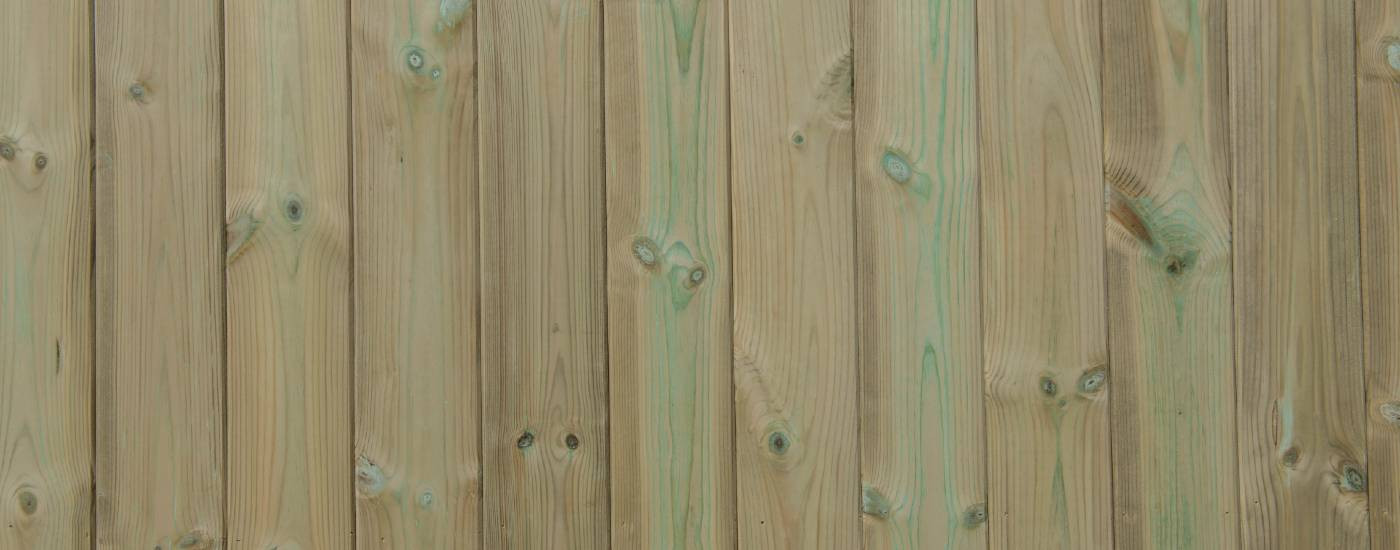What is cladding?
Cladding is a technique used in the building sector that involves attaching some kind of material, often timber, to the outside of a building or structure. The term is also used to refer to the materials, for example timber cladding and brick cladding.
What is shiplap cladding?
Timber cladding consists of wooden boards that are attached to each other in different ways and shiplap is one style. It involves overlapping the boards so that a weather resistant, flat surface is created which will allow water to run off. Shiplap boards have a tongue and groove style edging and feature an overlapping lip that interlocks with the next board.
Shiplap cladding for sheds
Shiplap cladding for sheds is extremely popular as it gives greater protection against adverse weather conditions, is considered aesthetically pleasing and provides a stronger construction.
What is the difference between shiplap and tongue and groove cladding?
The difference between shiplap and tongue and groove cladding lies in the profile of the boards and the way individual boards lock together. All tongue and groove cladding boards interlock by slotting into each other and, once secured, leave no gaps, whereas not all shiplap boards do.
How to install shiplap cladding
Relatively easy to install with a minimum of DIY skills, shiplap cladding boards are attached to a batten and can be fitted with a vertical or horizontal orientation; for sheds, the boards are typically attached horizontally, while exterior cladding can look particularly attractive and modern when attached vertically. Generally, nails or screws are used and which you choose depends on the boards. Our article, ‘Nails or screws when installing shiplap cladding?’ will help with this. Prior to installation, it is recommended that you treat or paint the boards, even if they are pressure-treated, as this will save time later in the life of the boards. Whichever orientation you are using for your boards, always start with a base board which has been positioned using a spirit level, to ensure that all subsequent boards are completely straight.
Benefits of shiplap cladding
Shiplap cladding is weather resistant and protects against water penetration while providing an effective wind barrier. The nature of its installation allows some flexibility so that the timber can expand and contract with humidity changes.
Shiplap cladding is a versatile way to add an eye-catching feature to any number and size of projects, from small garden sheds and larger summerhouses to whole building exteriors.
Installing shiplap cladding is less labour intensive than other cladding profiles and progress can be achieved fairly quickly by a competent DIY-er.
Shiplap cladding from Witham Timber
At Witham Timber, the timber for all our cladding profiles – shiplap, tongue and groove and loglap – is sustainable and environmentally friendly, sourced from slow-grown, Scandinavian stock. Our full range can be seen here but for any questions about any aspect of timber cladding, our friendly and experienced sales team is happy to help. Simply call 01205 359188 or email sales@withamtimber.co.uk

